Do you want to grow your career as a pet photographer? Or want to capture some memorable moments with your furry friend’s photo session? Here are some must-follow Pet photography tips for capturing valuable moments.
This article’s discussed tips will surely help a PRO or pet lover capture some lively pet photographs. Whether it is a family portrait with your pet or stand-alone pet photography, taking pictures is fun.
All the pets are beautiful and have their character. Like a human, they cannot pose for the camera.
So pet photography is a combination of child and sports photography. Let’s look at some necessary equipment you need, and then we will discuss the pet photography tips and ideas for a better shot within minutes.
Pet Photography Tips That You Must Need to Learn
Pet photography is a unique type of photography that requires both patience and skill in order to produce the best results. To make your pet photographs stand out, there are several tips and tricks that you must learn.
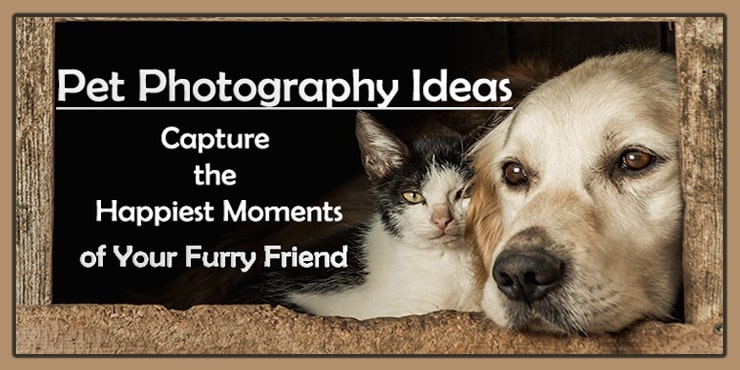
Proper lighting, framing, and timing are all crucial elements for stunning pet portraits and it is important to take each one into account when shooting.
Additionally, proper posing of the pet can help create show-stopping photographs full of emotion and personality. With practice comes perfection, so be sure to keep honing your skills to further develop your talent as a pet photographer.
Capturing your pet’s photo is much more likely to catch small children. You need to keep patient and interact to communicate with them.
They will not pose for the camera. But you have to find out the best moment during their activity. Let them play, run and relax. It may need a hundred shots for one best photo.
Select the Location for Pet Photography
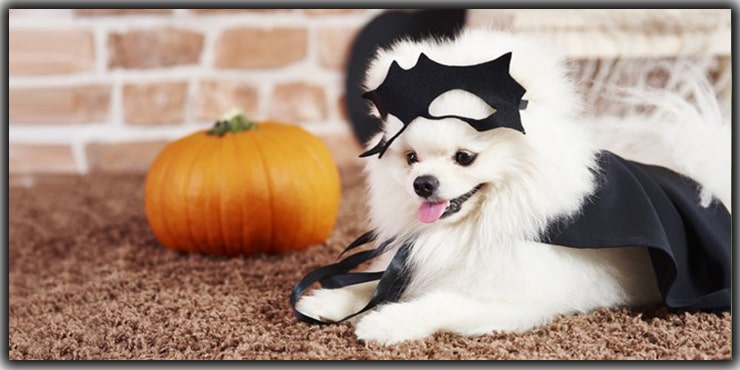
The first step is to choose the location. For indoor shooting, please select the area carefully, rearrange it, set up your necessary tools and equipment, and ensure your pet is comfortable.
It may be in your living room or the backyard. Include props in that area. It makes your pet cheerful.
Or you may want outdoor shooting. In that case, choose a location where the animal feels comfortable.
An area where you regularly walk with your pet, a garden, or park it to play before would be a good choice. For outdoor shooting, you may need some extra equipment.
Make a list before starting. For both indoor and outdoor shooting, plan the key shoot. Such as, you want a portrait of your cat when it is relaxing or your dog’s naughty moment.
Point out in a notebook and check if that shot can be possible in the selected area. If yes, then go to the next step.
Take Snaps Under the Best Light Condition
A successful shoot depends on proper scheduling. Schedule your plan in such a way that you can use the sunlight properly.
Softbox or LED strips are also okay. But these extra lights may distract your pet’s mood or create a red-eye effect image.
Overcast daytime is best for outdoor shooting. Excess sunlight is challenging for shooting.
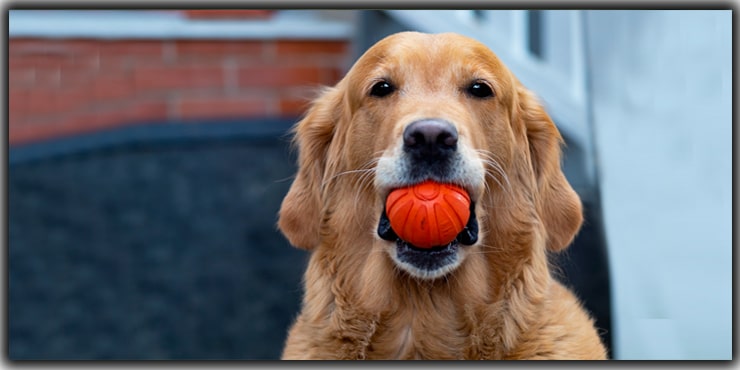
For indoor shooting, select a place beside the window or with plenty of light. So you need not worry about flash and other lighting setups. If the environment is darker, boost the ISO setting.
Detach unnecessary background objects. If you want to shoot several areas simultaneously, arrange it before shooting.
Remove all Jumbles
Your shooting list is ready; the shooting area is prepared. Now start shooting. No. Please wait and have a look around the location.
Is there any clutter or distracting objects?
Like a garbage can, empty coffee cup, shocks, etc., that you don’t want in your pet image background. The elements that do not enhance the pet photo pull out.
You may add something that makes your pet photos more artistic. Like a roll of wool beside the furry cat or the Christmas presents at the back.
A jumble-free environment reduces your post-processing work.
Be Focused on Eyes and Expressions
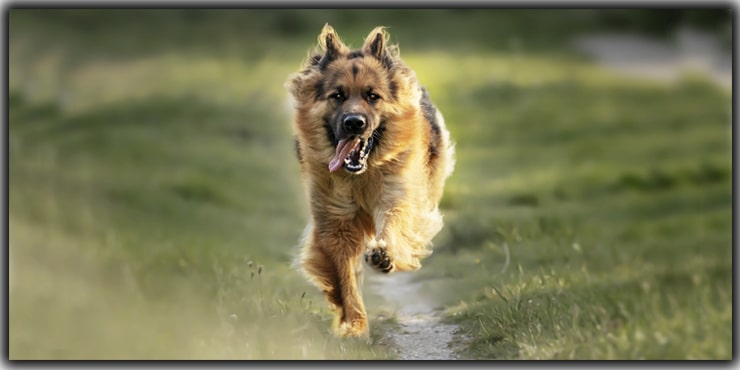
If you want to take a portrait photo, remember that it is about any living subject’s eye. Further, the eyes are the main expressive body part. Eyes deliver mostly facial expressions.
Descend to the animal’s eye level, sit or lie on the floor, see how the pet sees the world, and then make sure the focus is on its eye. You may use single-point autofocus over one of the eyes.
Use natural light to sparkle the eye, and highlight its unique personality. The pet will look smaller if you shoot from a higher position.
Some DSLR cameras offer eye AF (automatic focus). That means the camera identifies the subject’s eye and consistently focuses on it. To catch a sharp eye, you may use this feature.
Your loving pet’s eyes will say its personality and expression. Try to capture its droopy eyes, looking upward, side glance, sparkly bright eye from a different perspective.
Capture Their True Self

You know better about your pet’s personality. Is there any toy your dog likes most or any place that wants to roam?
Let him do whatever he likes. And catch its real character without interrupting him. You may take a shot of your lazy cat during her nap or your dog being playful in the backyard. Take some fun shots.
Capturing pet pictures of being their true self is priceless. Find out its unique character and hold it on your camera.
In this case, location and timing are essential. For example, you select a place that he has never been to before; he may not like that place. Or want to shoot some fun moments, but he is sleepy. That’s awkward.
Take Your Time and Be Patient

As infants and toddlers, working with a pet is a challenging task. You have to handle them carefully. They need to understand your command.
Be patient. You cannot expect a perfect shot by taking only one or two. You may need to take a hundred attempts to get a winning shot. It’s normal, don’t be disappointed.
Avoid using flash. Its harsh light may scare him and ruin his mood. Try to shoot in their world where they are comfortable.
Use natural light, move slowly, play and interact with him, and reward him with treats and toys. Play some sound or noise to attract him. But don’t overuse it.
Pet portrait photography is better when they are sleepy or awake. On the other hand, for action shots, find a time when they are energetic.
You may get only action photos and relaxed photos in one photo session.
Gift the Model: Pet Photography Tips
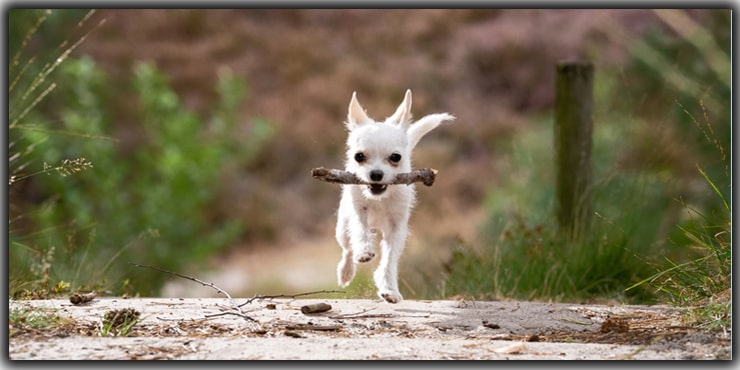
Use treats and toys to hold its attention. To capture its natural expression, let them play with their favorite toy.
Shot from a distance without interrupting it. You must have full attention to take a quick shot because you may not get a second chance. So prepare yourself first, then call it for attention.
After some successful shots, reward your pet. It is helpful to warm up and inspire photography.
You can also use this reward as props and tools for your photography. The rewards include food, toys or hugs, tummy rub, and other warm greetings.
Pet Photography Tips on Necessary Equipment
When it comes to capturing beautiful images of our beloved pets, it is important to have the right equipment for the job. Pet photography requires more than just a standard camera; in order to capture those perfect moments that you will want to treasure for years to come.
For pet photography, you should own or rent a quality digital SLR camera, a wide-angle lens, flashes, and a set of reflectors, as well as additional items such as tripods and remote releases.
More specialized equipment like background sets, also known as backdrop stands, may also be worth considering. As with any photography venture having the right tools is essential if you hope to get the best possible shots of your furry friends!
Camera Body
The camera body is the first and foremost equipment of pet photography. Point-and-shoot cameras are easy and flexible to use.
Because of their compact and dedicated structure, they have held a special place. They are also affordable for a newbie photographer.
But smartphones, DSLRs, and mirrorless cameras have been prominent in recent years. It may be a portrait or sports camera, depending on the location and goal of the photography.
Lenses
If you use point-and-shoot cameras, then the camera itself is enough. But for a DSLR, you need more than one lens.
For portrait photography, a wide-angle lens is fine. The prime wide-angle lens focused on a small area within a fixed focal distance. You will get a quality image with a small focus area in a low-light situation.
A telephoto or zoom lens is the opposite of a wide-angle lens. They offer a long focal length. Zoom lenses are for taking photos from a distance, so it is suitable for outdoor shooting. You can photo-shoot your pet without disturbing it.
Macro lenses are for capturing the fine details of the subject. It allows the photographer to capture your pet’s sharp details that may be unnoticed, like snout, sharp teeth, precious paws, etc.
Light
For outdoor shooting, sunlight is enough. You need to change your camera settings according to the light. But for an indoor shoot, you may need an additional light source. You can use a softbox or LED strips in different ways. Please make a small photography zone or set it at a different angle with separate settings.
Tripod
You can keep a lightweight tripod with you. For pet photography, a small, easy-to-move tripod is enough to hold your camera, light, or bag of the pet’s treats for quick access. At the time indoor shooting, it will help you a lot.
Extra Batteries and SD Cards
Nothing is worse than if you are in the middle of your photography, the battery dies, or the memory card is running out of space. Keep an extra fully charged battery and an SD card for emergency use.
Toys/Treats
Make sure your pet is not bothered by your shooting sound. Assist them in feeling refreshed and playful with different toys and treats. It will help to capture their actual personality.
Last Tips but not Least, You Need
- A bag to carry out all the equipment. It should be large enough to hold everything. A waterproof bag gives you extra benefits during rough weather.
- Some good apps on your mobile phone make different sounds and noises to catch the pet’s attention.
- DSLR camera essentials like- lens cover and cap, cleaning kit, kit box, etc.
- A hand towel, cap, sunglasses, knee pads, and pet collar belt.
- Umbrella or raincoat for sunny or rainy weather for an outdoor shoot.
- Is any favorite item of your pet that it likes most?
What Camera Settings Should You Follow and Master?
Understanding and mastering camera settings are one of the most important things to do as a professional photographer. Mastering your camera’s shutter speed, iso, aperture, exposure compensation, and white balance will make a huge difference in producing amazing photographs.
Learning how to adjust these settings properly can make all the difference between a quality photograph and an amateur one. Knowing when to use specific settings will also help you capture great shots in a variety of lighting and environmental conditions.
Mastering the essentials can take time, but it’s incredibly rewarding once you start taking impressive photos!
Let’s see some subject matter of camera settings, you must follow.
Shutter Speed
Use 1/250 shutter speed or more than this, if possible, for action photos. At this speed, you will get a clear action photo. The higher the shutter speed, the more precise the picture is.
Aperture
Use a wide aperture for a pet portrait. It will give you a sharp, detailed photo with a soft blurred background. Select the bottom f-stop number.
Focus
Focus on the pet’s closest eye. Use continuous autofocus. Consider the focal length. For a faster shutter speed, you need a long focal length. 80mm -200mm focal length is enough. For portraits, use a single-point focus.
ISO
Low ISO creates less noise in photographs. As the ISO increases, the camera becomes more sensitive and adds more noise. Keep ISO low for a grain-free and smooth shot. ISO between 100-400 is enough.
Background
Select the background carefully. Any bright color would distract the subject. Use a plain white or black background or a plain wall if possible. Place the subject up to 2 or 3 meters in front. It will help to avoid the shadow. Use a faster lens. It will detach the subject from the background.
Key Points of Pet Photography Tips to be Noted
- Don’t be in a hurry for the shot.
- Be patient.
- Use your equipment wisely.
- Correctly set up your camera.
- Shot from their comfort zone.
- Keep calm and relaxed.
- Be energetic and experimental.
- Hit a lot of photos.
Final Thought
Adorable photos are not technically perfect photos but photos that evoke some strong feelings.
There are a lot of scopes to experiment with and create your unique one. Pets are also an excellent subject for photography and pet photography business. You will find many pet photography tips and techniques on the internet.
These simple tips will be enough for a newbie pet photographer. Keep patient, and continue shooting.
You may read:
